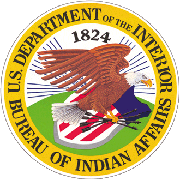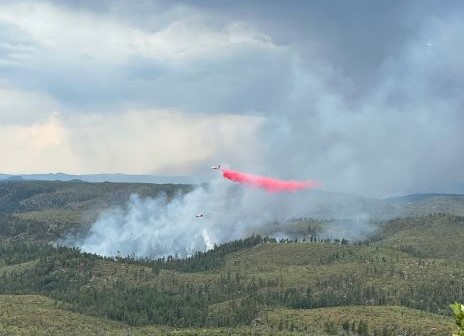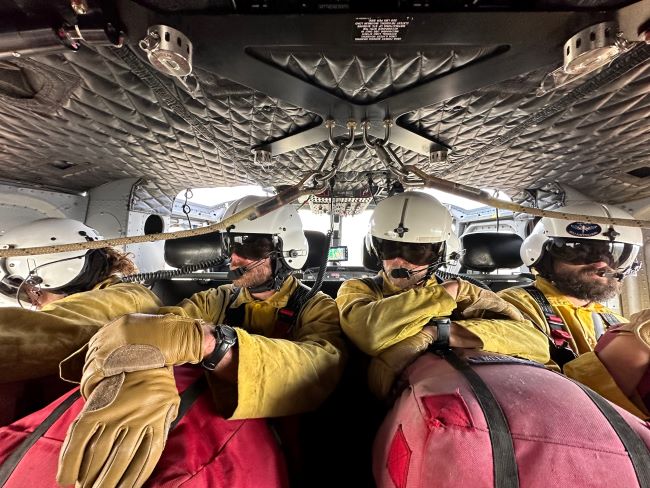Single Publication
Could not determine your location.
Air Resources Integral in Firefighting Operations on Fort Apache Reservation
Cottonwood Ridge Fire , Spoon Fire
Publication Type: News 08/07/2023
Wildland fire response support is a complex and dangerous environment for not only firefighters, but pilots and air support personnel. Air resources in wildland fire management includes emergency air medical transport, fixed and rotor wing pilots, spotters, and air qualified firefighters such as smokejumpers and rappelers. Aircraft use in wildland fire support include a variety of planes, helicopters, and unmanned aircraft systems also known as drones.
All available types of airplanes and helicopters have been used on the wildfires that the Southwest Area Incident Management Team 5 (SWA IMT 5) is assisting the Bureau of Indian Affairs (BIA) Fort Apache Agency in managing: the Cottonwood Ridge, Snake Ridge, Mustang Ridge, and Spoon fires. Aviation operations were conducted to minimize fire spread and support fireline construction. This is done using water in combination with natural barriers to minimize exposure to firefighters on the ground.
Pictured Above: Initial fire attack using retardant on the Snake Ridge Fire, July 28, 2023
Air attack support including fixed wing single-engine (SEAT), large (LAT) and very large (VLAT) airtankers were used to drop fire retardant on the wildfires. Three air attack platforms, which are planes in the air used to oversee aircraft response, were used to make sure that aircraft personnel were safe and aware of any potential hazards. Two lead planes were also used to guide the LAT and VLAT airtankers dropping fire retardant.
In addition to retardant support from planes, SWA IMT 5 has been deploying Type-One, -Two, and -Three helicopters to transport cargo, haul passengers, and scoop up to 2,000 gallons of water from Fool Hollow Lake and the Salt River to drop onto existing fires and new fires in initial attack response on the Fort Apache Reservation. Type three helicopters can also be used for short haul medical rescues. Type two helicopters are being used to rappel firefighters. BIA Ute Mountain, Navajo, and White River Helitack crews were deployed to the fires to support helicopter fire response efforts. Due to BIA’s local aircraft resources, air operations were able to quickly respond to the wildfires without having to order air resources that are already in short supply.
Pictured above: Rappel crew responding to wildfires from a Type Two helicopter.
“Aviation activities were prioritized to help protect identified values at risk and provided rapid fire response when needed,” said SWA IMT 5 Air Operations Branch Director Chuck Turner. “Interagency cooperation efforts were essential to successful air resource operations.”
While supported fires are between 58-100% containment as of August 5, 2023, in the next two weeks, the southwest is expected to experience critical fire weather with high temperatures, dry fire fuels, and an increase in winds across the area. In addition to managing the four fires, SWA IMT 5 is prioritizing new fire starts with initial attack response to prevent local resources from being overwhelmed while the fire year continues.

 InciWeb
InciWeb

